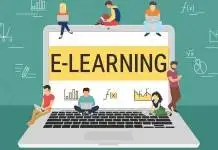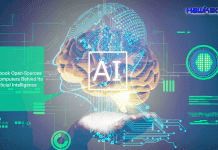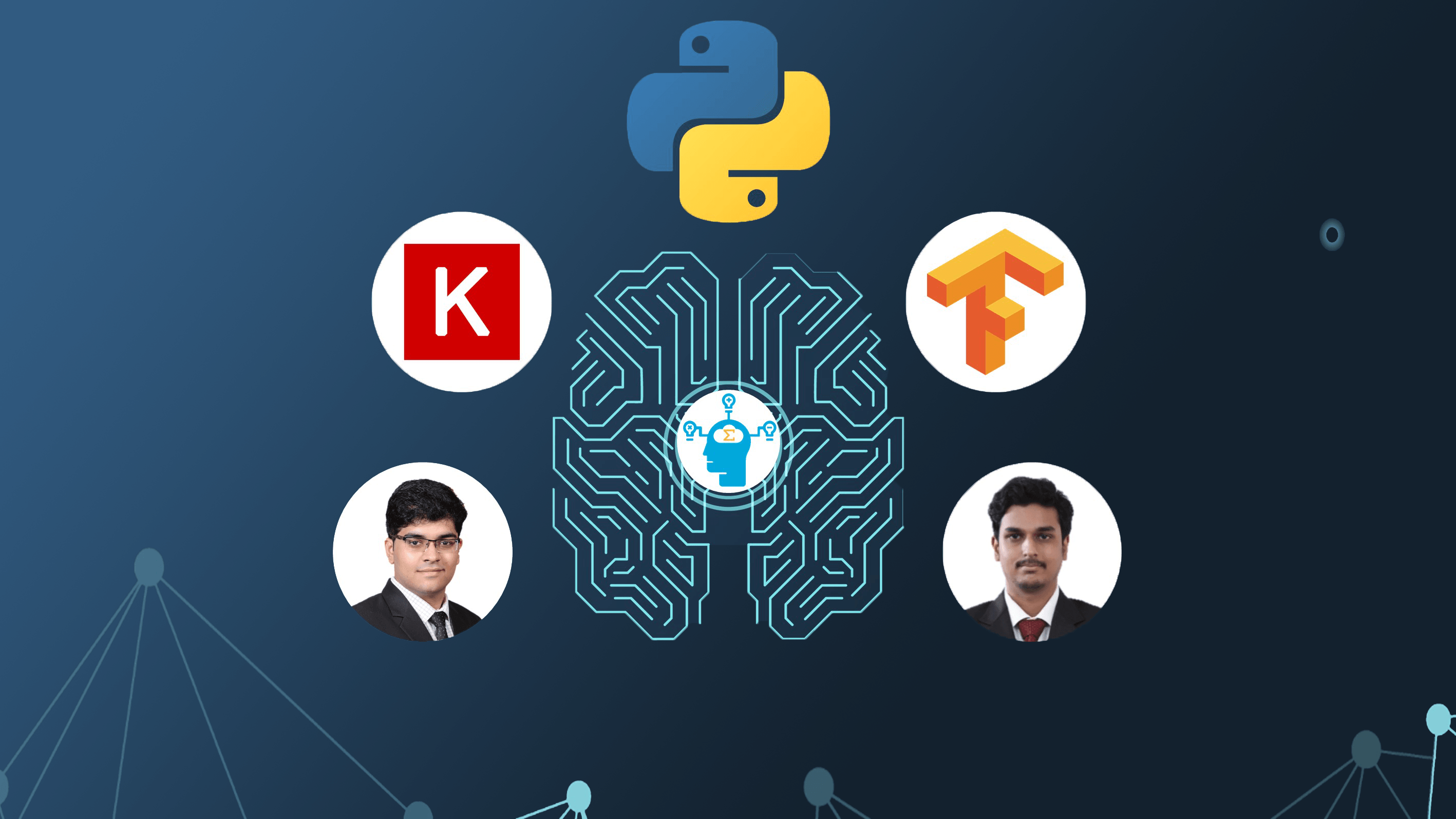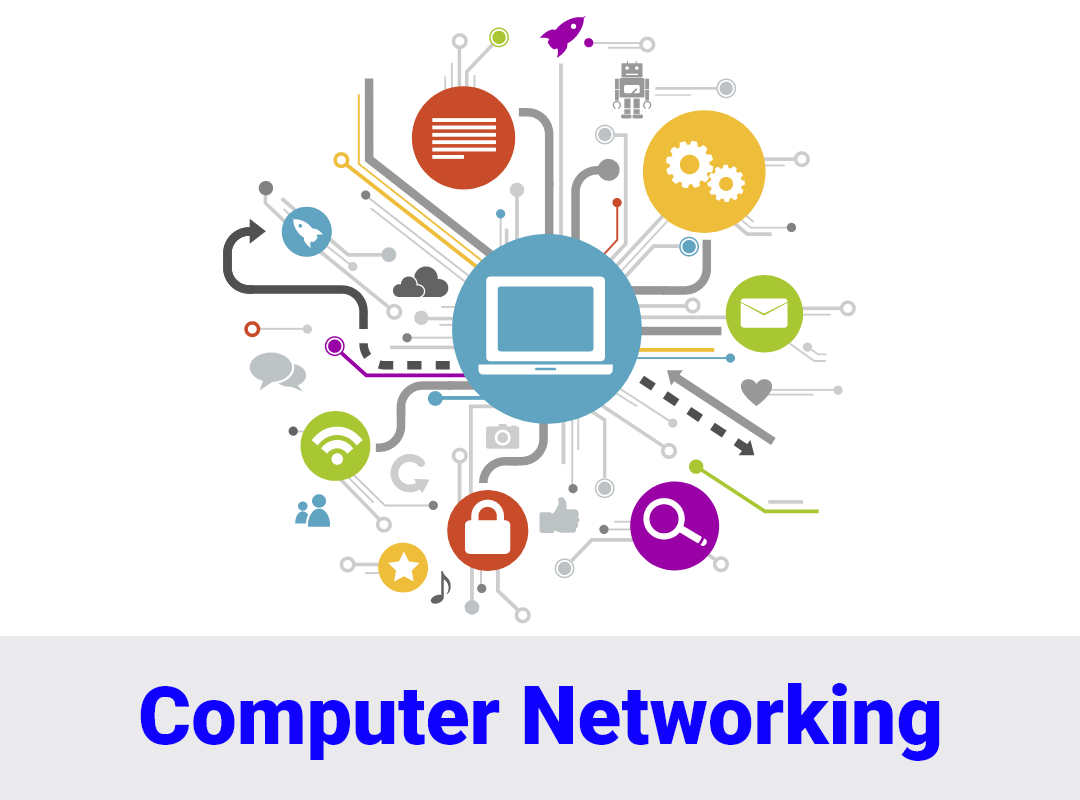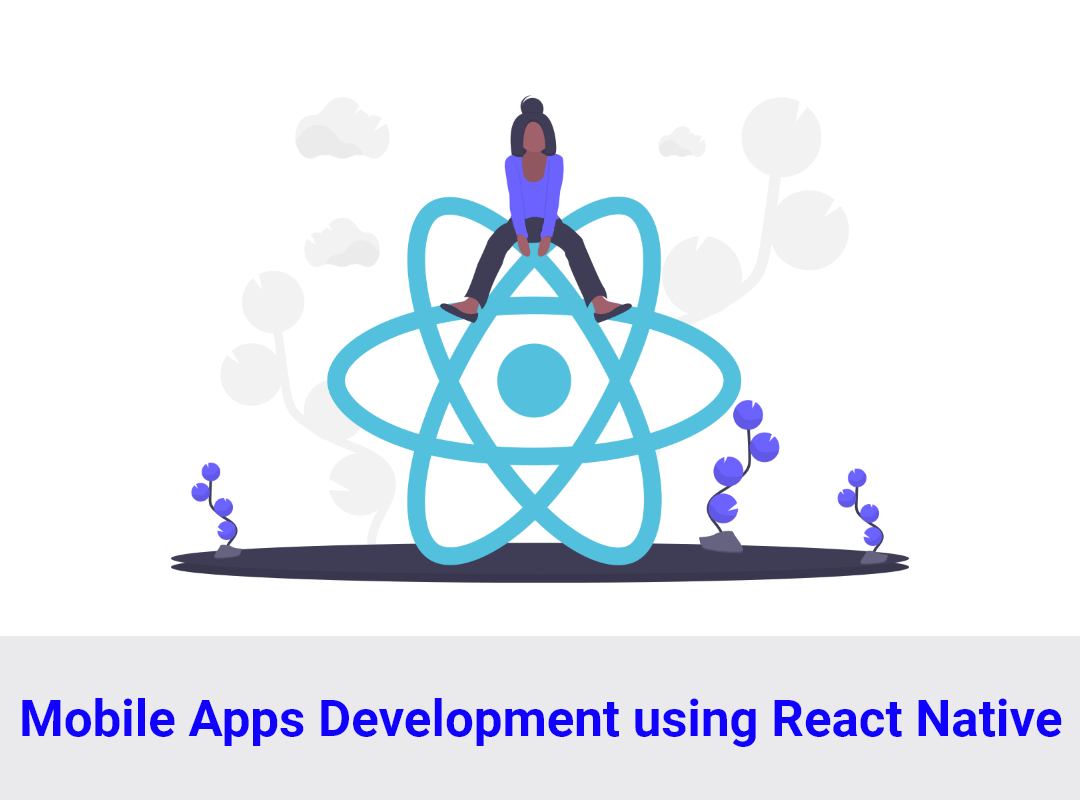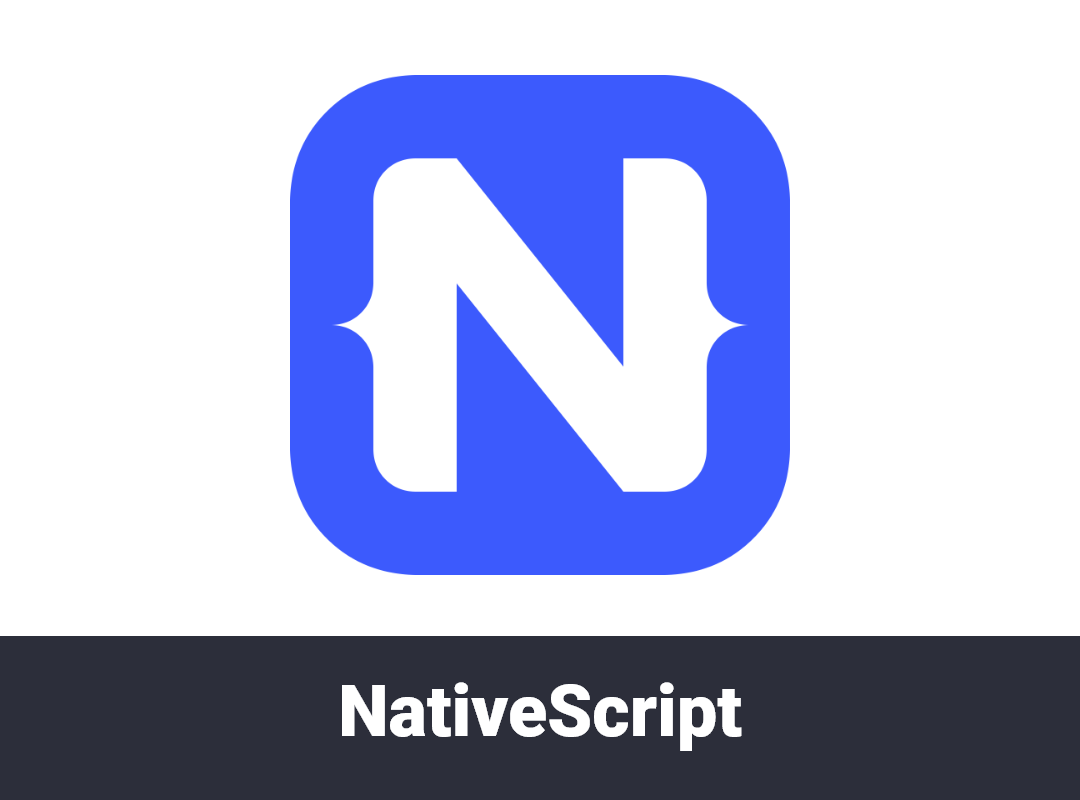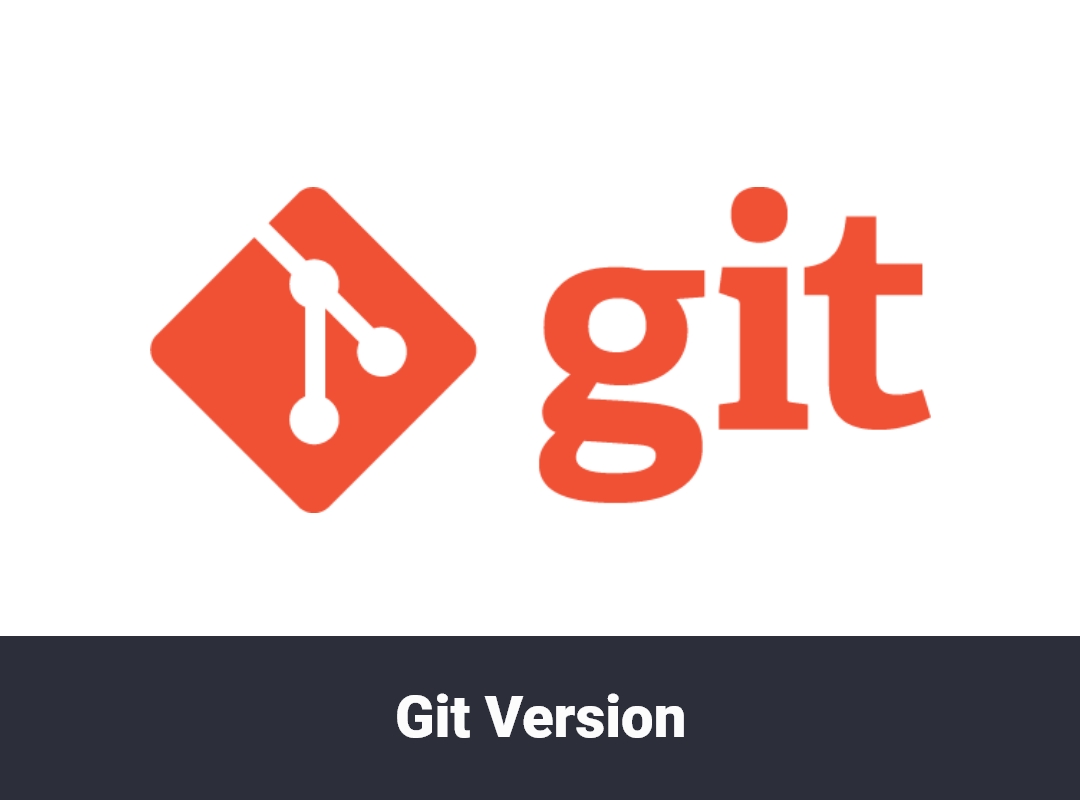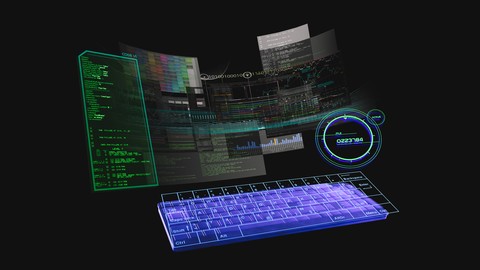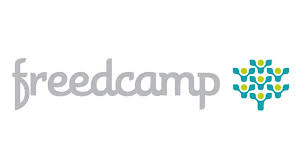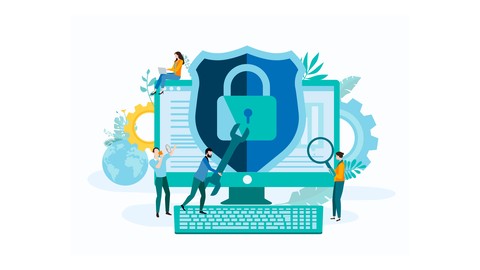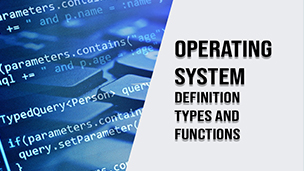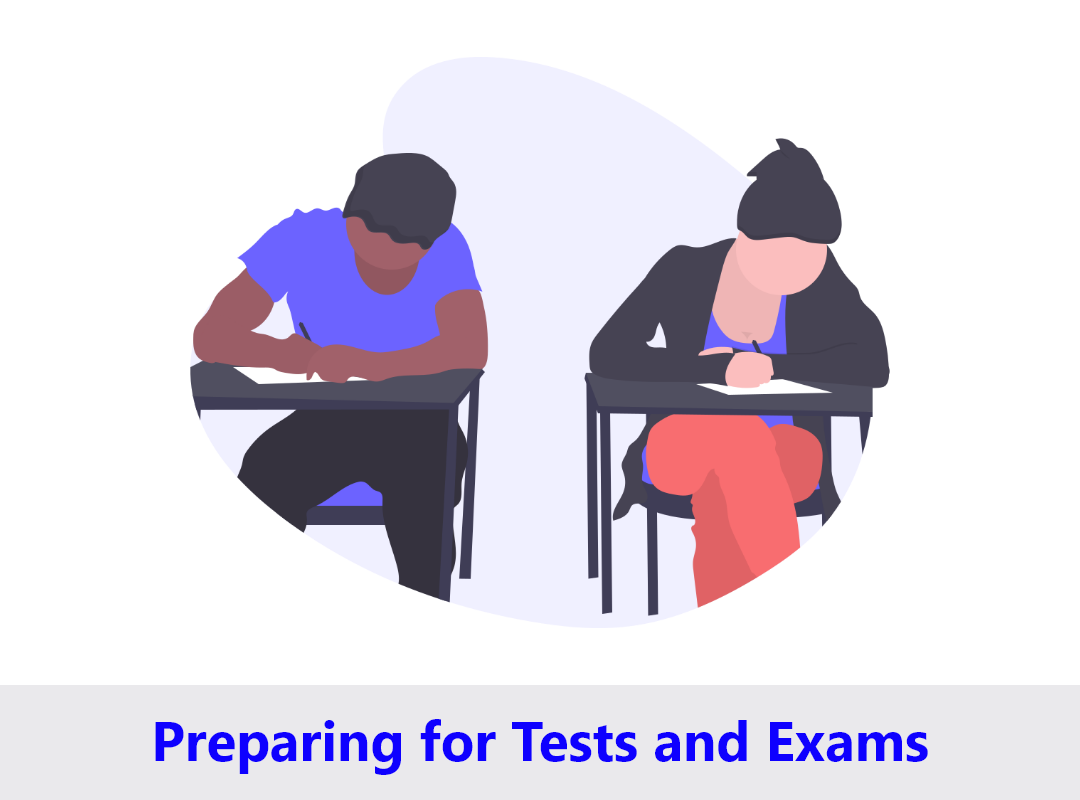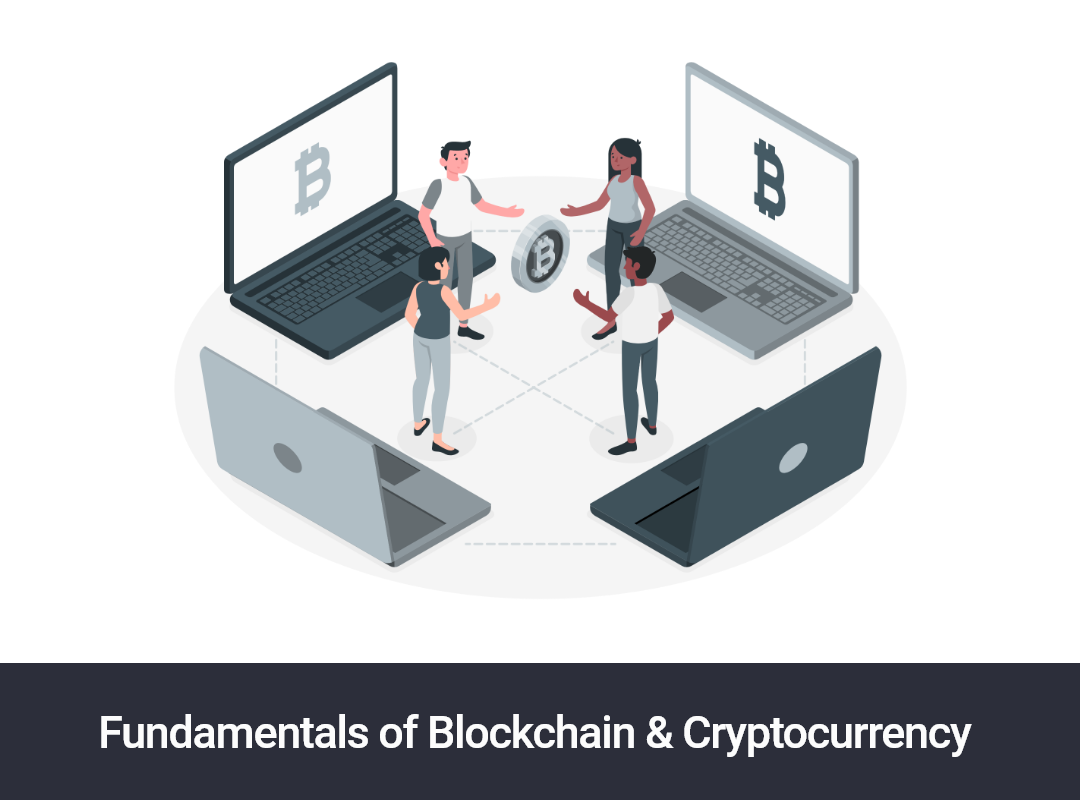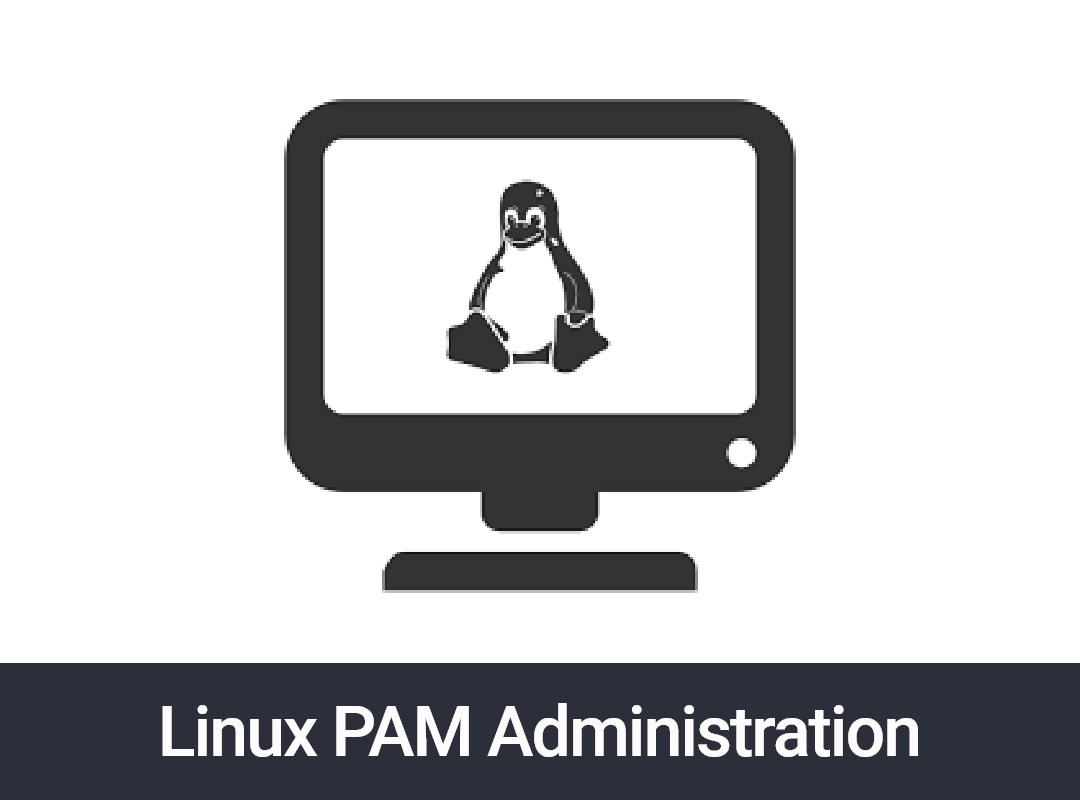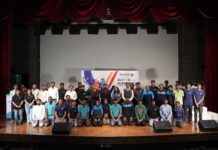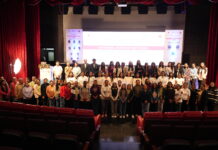The Indian edtech market size is expected to reach US$ 30 billion by 2031, from US$ 700-800 million in 2021. According to KPMG, India has also become the second largest market for E-learning after the US. While the COVID-19 pandemic accelerated tech adoption across schools, several other factors have eventually contributed to the significant growth of the sector in India. These include positive government policies, enhanced internet penetration and digital literacy and the spike in ed-tech start-ups offering varied innovations, which further paved way to make tech enabled learning more accessible and inclusive.
In terms of tech adoption across schools, India has more than 14 lakh schools and 23 crore students, making it one of the most expansive networks of education for children from kindergarten to grade 12. Generally, also known as K-12 education, classroom learning has been one of the early adopters of tech enabled solutions, post COVID EdTech. Trends like STEM, Robotics, online group lessons and assessments have been some of the most common forms of teach enablers for young students. And while the sector has enjoyed a special focus from policy makers and state and central governments, there remains vast potential for improvement and growth. Listed here are key technology trends that are set to transform the classroom learning experience in 2023, further accelerating the already dynamic momentum.
- Blended Learning: This typically refers to a tech supported learning experience within the physical classrooms, where teachers use tech tools for assisted learning. From simple aspects like multimedia presentations and AVs to STEM based learning technology which includes a digitally active environment, blended learning is soon becoming popular. Especially post COVID, schools have been incorporating tech enabled learning in the physical classrooms, thereby changing the role of teachers from being the sole source of imparting knowledge to becoming learning facilitators and mentors.
- Bite Sized learning/Nano Learning: A solution to specially cater to the social media generation with extremely low attention spans, Nano Learning is proving to bring much more to the table than just engaging students. By breaking down longer chapters into smaller narratives with inter-related facts, nano learning through cloud or learning apps, can help children understand a concept better, and with increased clarity. The same approach, when taken for online assessment, further helps students to test their understanding level and monitor their performance better, before moving on to the next concept/chapters.
- Gamification: Leveraging AR/VR and robotics, gamification is gaining popularity across classrooms for its unique and engaging process. Apart from engaging the students, gamification provides purposeful participation, enhances attention span, provides a motivation to learn and excel (winning!) at the subject and also gain easier understanding of complex subjects. In a way, gamification in education is an evolved way of immersive AI and ML generated learning experience that is set to be much more popular now, thanks to the advent of 5G.
- Online Assessment: This has been a steadily growing trend that has been helping teachers and students to create a seamless, authentic and easy assessment system while also gaining valuable data driven insights. It also offers students to independently take tests and assess themselves when not in class, thus empowering them to learn at their own pace and enhance their understanding. For teachers, this also means reduced administrative burden of correcting physical test papers, allowing them the time to focus on data driven insights to innovate learning methodology for deserving students.
Top Courses in Computer Science Engineering
More Courses With Certification
- Personalized Learning: This is an extension of online assessment, which can be used to develop a more customised learning system, thus shifting the ‘group centric’ learning to ‘individual student centric’ approach. In classrooms, this allows students to engage proactively with teachers that are more aware of their learning needs. At home, this allows students to enjoy learning at their own pace and achieve success.
Also Read: Binance Boosts its Global Law Enforcement Training Program to Meet Growing Demand
To summarise, while the edtech sector has immense potential and is estimated to grow manifold in the coming years, the above trends would be a big step in the overall evolution of tech enabled learning, especially for K-12 students. The trends above are also not restricted to a select set of private schools but is set to expand to government schools across metros, towns and rural areas, thereby creating a truly inclusive and accessible learning environment. In 2023, edtech is also going to be strong factor in moulding and nurturing young minds who will be the future of the nation, empowering them to not just be future ready but to also drive the global economies, leading from the front!
Visit EasyShiksha for skill development courses













